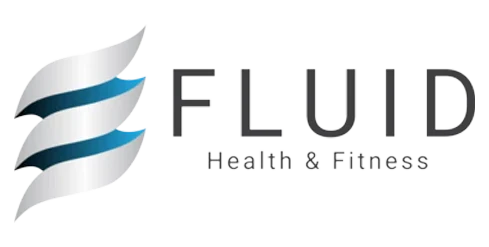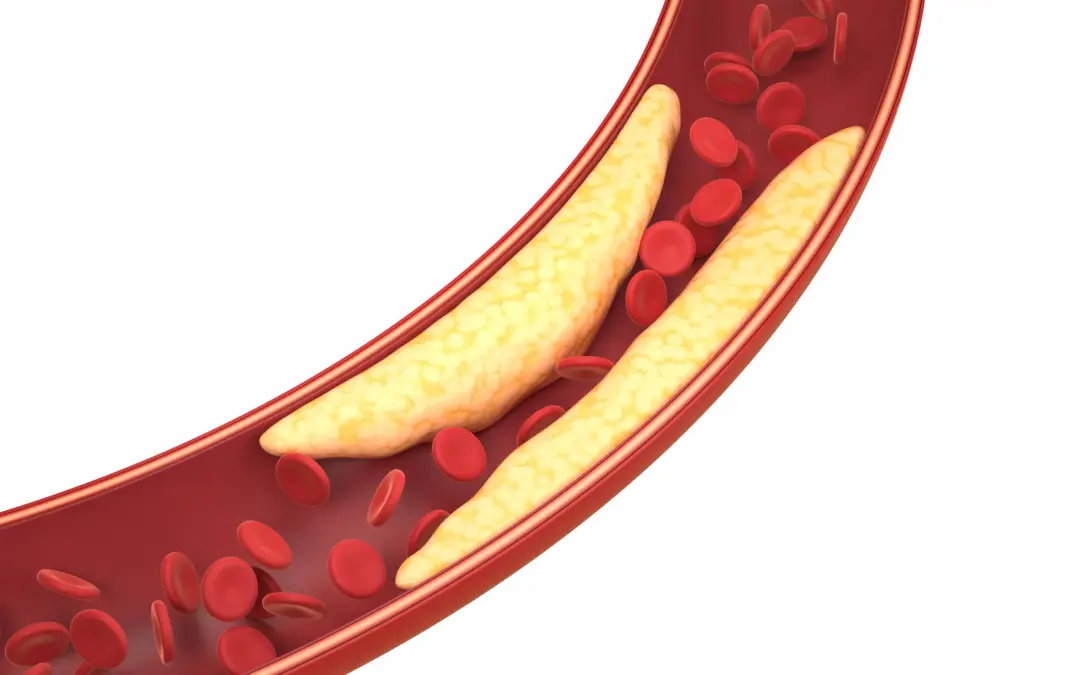
High blood pressure (hypertension) isn’t just a cardiovascular condition—it’s a whole-body systems failure in motion. Nearly half of all U.S. adults have elevated blood pressure, but few understand the root cause: the body has lost its ability to regulate internal pressure across multiple systems.
At Fluid Health and Fitness, we approach hypertension differently. Rather than managing symptoms, we work to reverse the breakdown using targeted movement, breath training, and structured progression. This blog outlines the physiological systems behind the condition—and introduces a free, four-week program to help you reclaim your health from the inside out.
Why It Matters
When your blood pressure stays high for too long, it becomes more than a number. It disrupts your brain, heart, kidneys, metabolism, and even your muscular system. Every beat of your heart becomes a mechanical strain on a body that is no longer managing internal pressure effectively.
By understanding the five key systems affected—and how to restore them—you gain a roadmap toward real, lasting change.
Core Concepts: The Five-System Breakdown
1. Endothelial Dysfunction (Blood Vessel Breakdown)
- Definition: The endothelium is the thin layer of cells lining your arteries. It regulates blood flow by releasing nitric oxide—a gas that allows vessels to relax.
- Hypertensive Effect: Chronic high pressure damages this layer, reducing nitric oxide and leading to stiff, narrowed arteries.
2. RAAS Overactivation (Hormonal Breakdown)
- Definition: The Renin-Angiotensin-Aldosterone System (RAAS) helps control fluid balance and blood pressure.
- Hypertensive Effect: Overactive RAAS leads to salt and water retention, increasing blood volume and pressure—creating a vicious cycle.
3. Autonomic Dysregulation (Nervous System Breakdown)
- Definition: Your autonomic nervous system includes the sympathetic (fight or flight) and parasympathetic (rest and digest) branches.
- Hypertensive Effect: Chronic stress locks you in sympathetic dominance, keeping heart rate and vessel tension high.
4. Mitochondrial Dysfunction (Energy Breakdown)
- Definition: Mitochondria are the energy-producing units in your cells.
- Hypertensive Effect: Inflammation and oxidative stress impair these energy systems, reducing recovery capacity, increasing fatigue, and accelerating aging.
5. Vascular Remodeling (Structural Breakdown)
- Definition: Arteries adapt to pressure over time by thickening and stiffening.
- Hypertensive Effect: This remodeling raises resistance, forcing the heart to pump harder, increasing the risk of heart failure, stroke, and kidney damage.
Step-by-Step Expectations for Reversing the Trend
- Restore Nitric Oxide Production through rhythmic aerobic activity and controlled breathing.
- Balance Hormones via resistance training and structured recovery cycles.
- Reset the Nervous System with parasympathetic breath training and HRV-guided routines.
- Rebuild Mitochondrial Health using progressive overload and anti-inflammatory recovery strategies.
- Reduce Structural Load by improving posture, gait, and joint alignment to minimize arterial stress.
Preparation: What You Need to Get Started
To make progress, you need more than motivation—you need structure. Here’s what to prepare:
- Equipment: Walking shoes, resistance bands or light weights, access to a quiet space for breathwork.
- Baseline Tracking Tools: Blood pressure monitor, step counter or wearable device, journal or app for tracking symptoms.
- Time Commitment: 30–45 minutes a day, five days a week.
The Lower the Pressure Challenge
Program Overview
| Phase | Focus | Objectives | Frequency |
| Week 1 | Baseline Activation | Establish breathing and walking rhythm | 5x/week walking, 3x breathwork |
| Week 2 | Parasympathetic Restoration | Add breath-guided resistance training | 5x/week walking, 3x strength, 5x breathwork |
| Week 3 | Vascular Conditioning | Introduce interval walking + postural drills | 6x/week aerobic/interval, 3x strength |
| Week 4 | System Integration | Layer in HRV self-checks, movement quality scoring | 6x/week training, 4x coaching feedback |
Daily Components
1. Breathwork (5–10 min/day)
- Cues: Breathe in through the nose for 4 seconds, out through pursed lips for 6–8 seconds.
- Posture: Sit tall, ribs stacked over pelvis, hands on belly.
- Goal: Shift the nervous system into parasympathetic dominance.
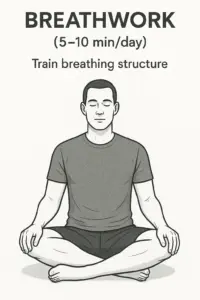
2. Walking or Rucking (20–40 min/day)
- Cues: Heel-to-toe gait, relaxed shoulders, diaphragmatic breathing.
- Progression: Add incline or backpack (ruck) for mechanical load by Week 3.
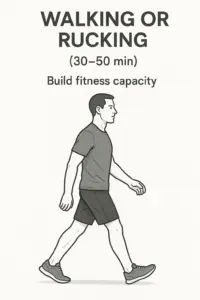
3. Resistance Training (2–3x/week)
| Exercise | Purpose | Cues |
| Wall Squats | Train postural control | Keep ribs down, knees in line with toes |
| Banded Rows | Improve scapular mechanics | Pull elbows back, pause at end range |
| Glute Bridges | Support pelvic alignment | Squeeze glutes, avoid arching back |
| Dead Bugs | Train core with breath | Exhale fully as limbs extend |
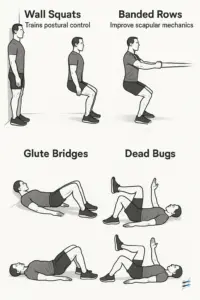
Aftercare: Sustain the Progress
Once the challenge ends, here’s how to maintain momentum:
- Progress Load Intelligently: Follow structured progression based on energy levels, HRV, and blood pressure trends.
- Stay Accountable: Continue coach check-ins or group support.
- Cycle Intensities: Use recovery-focused weeks every 3–4 weeks.
- Integrate Nutrition: Emphasize magnesium, potassium, and polyphenol-rich foods to support vascular health.
- Track Trends, Not Just Symptoms: Use HRV, morning BP, sleep, and mood as coherence indicators.
Ready to Take Control?
You don’t have to live under pressure. You can reverse it—system by system, breath by breath, step by step.
Join the Lower the Pressure Challenge— a program that guides you through the exact training systems used at Fluid to restore balance across your cardiovascular, hormonal, and nervous systems.
- Daily guided workouts
- Breath training
- Tracking tools
- Access to professional coaching
It’s simple, it’s free, and it works.
